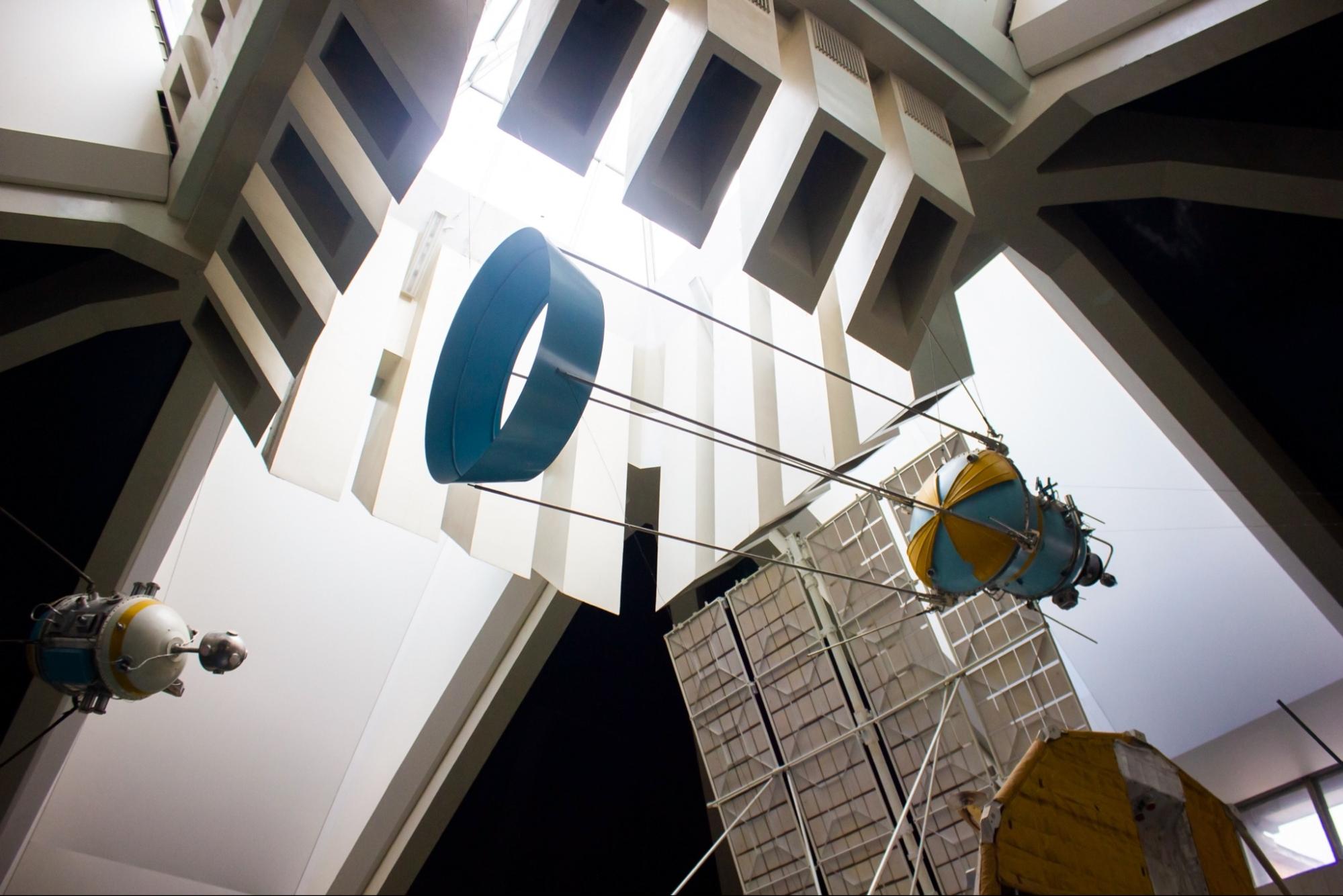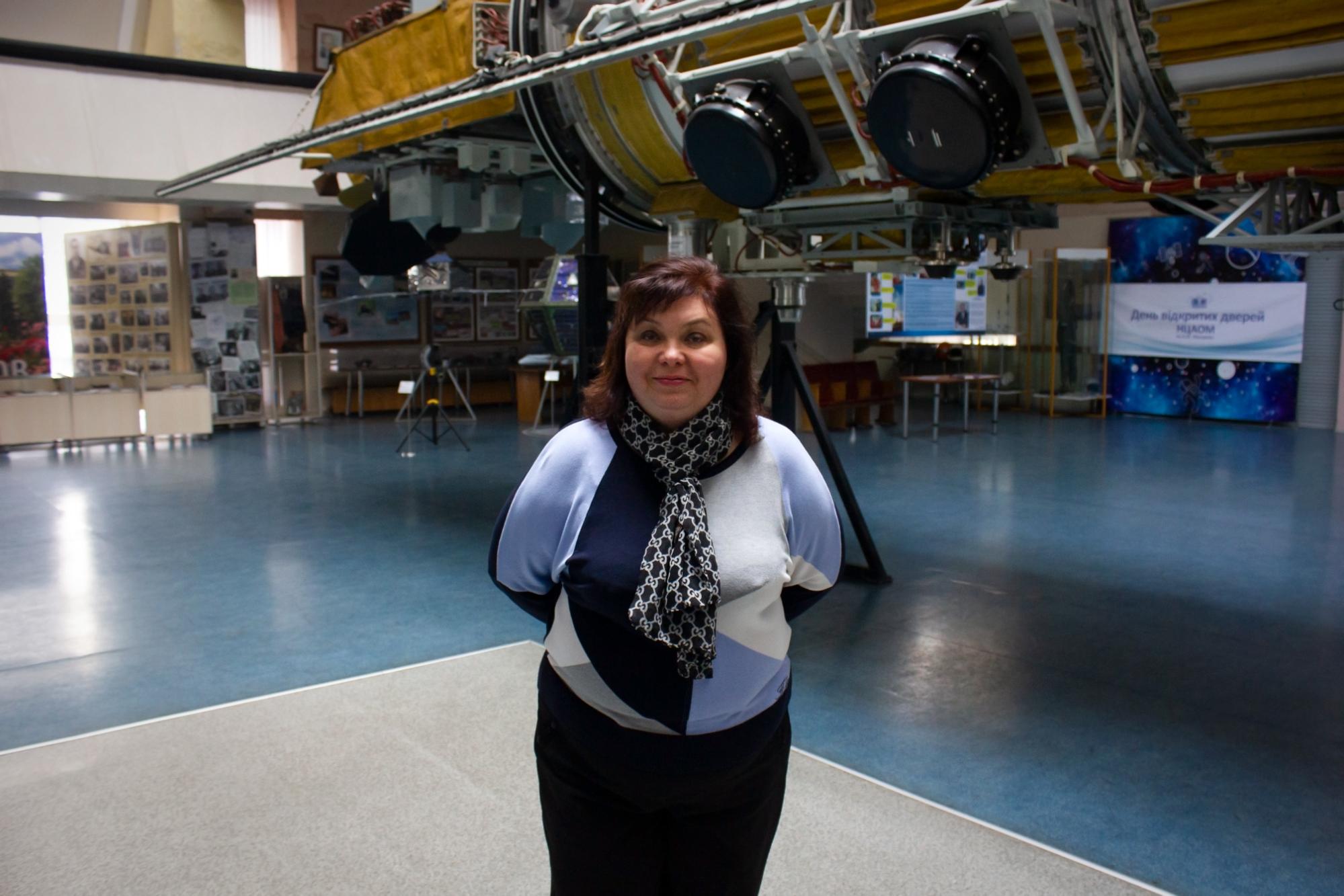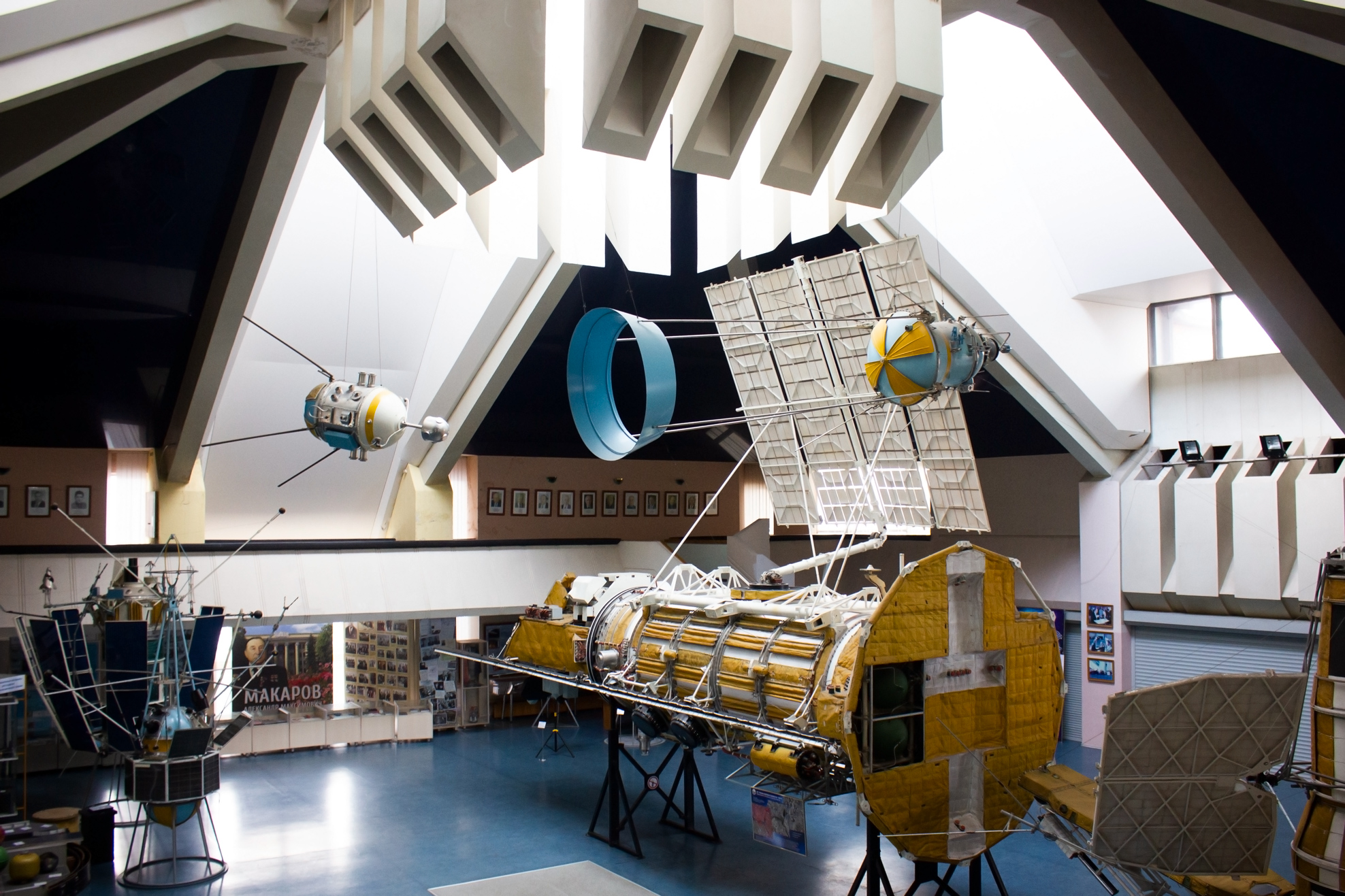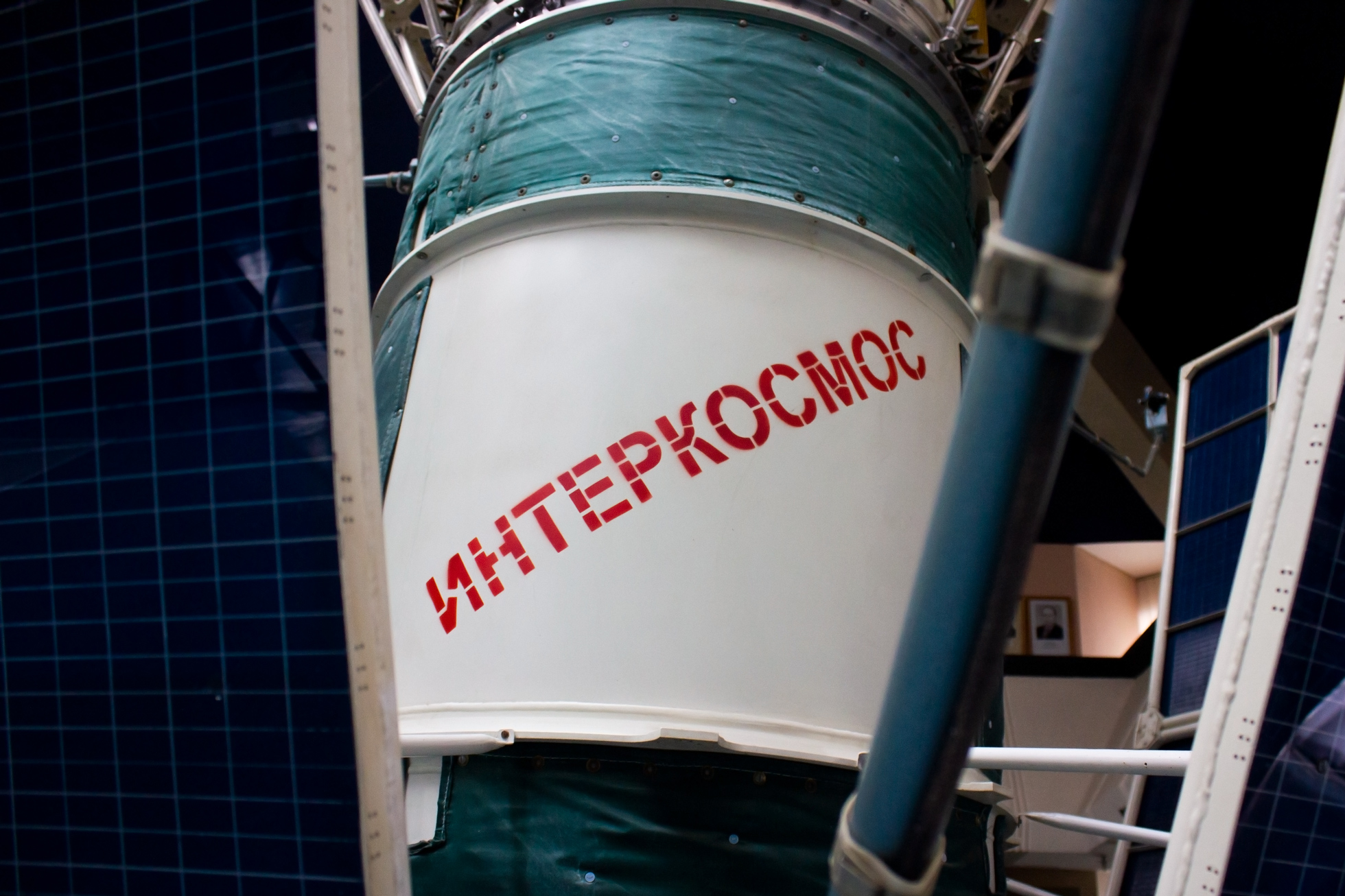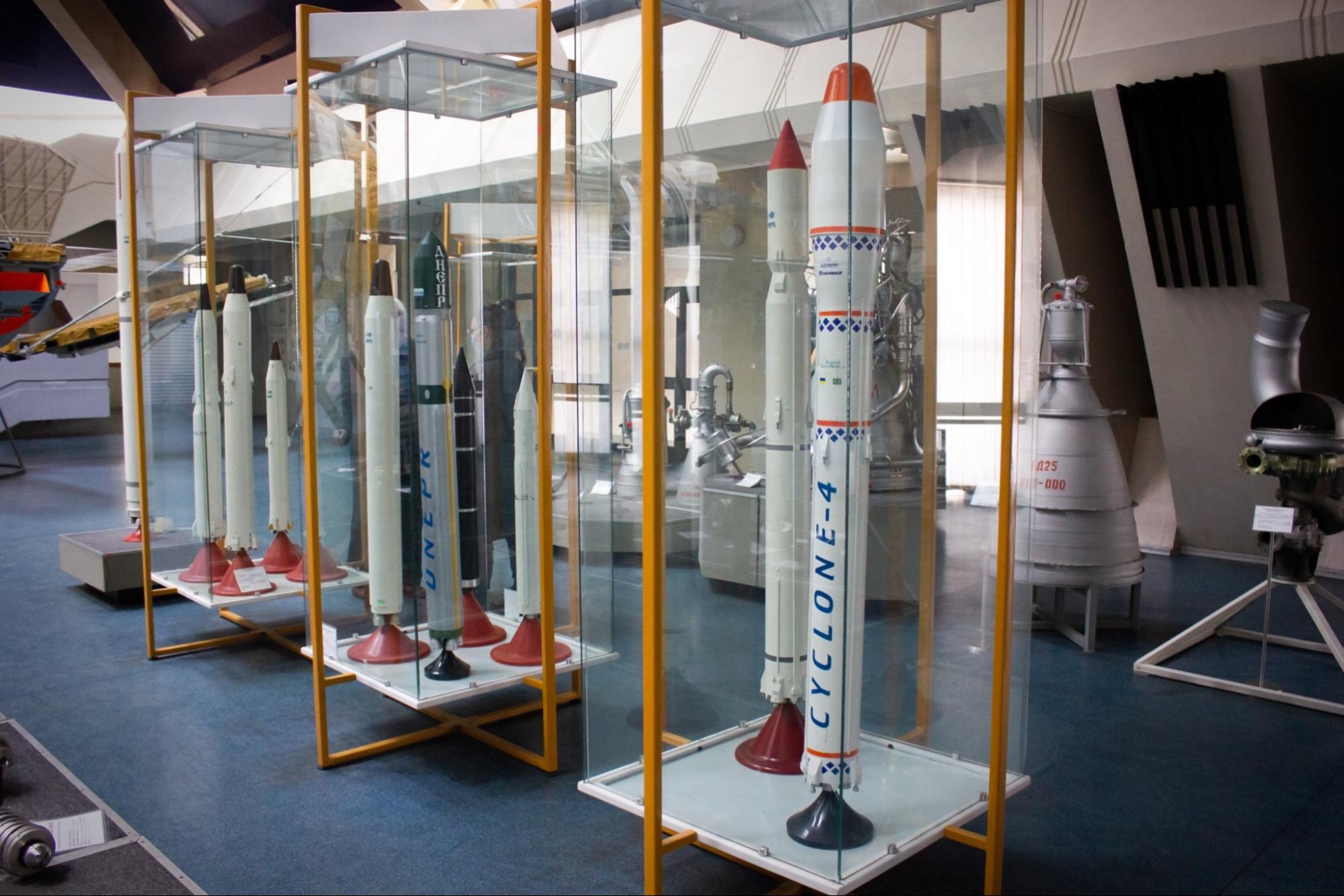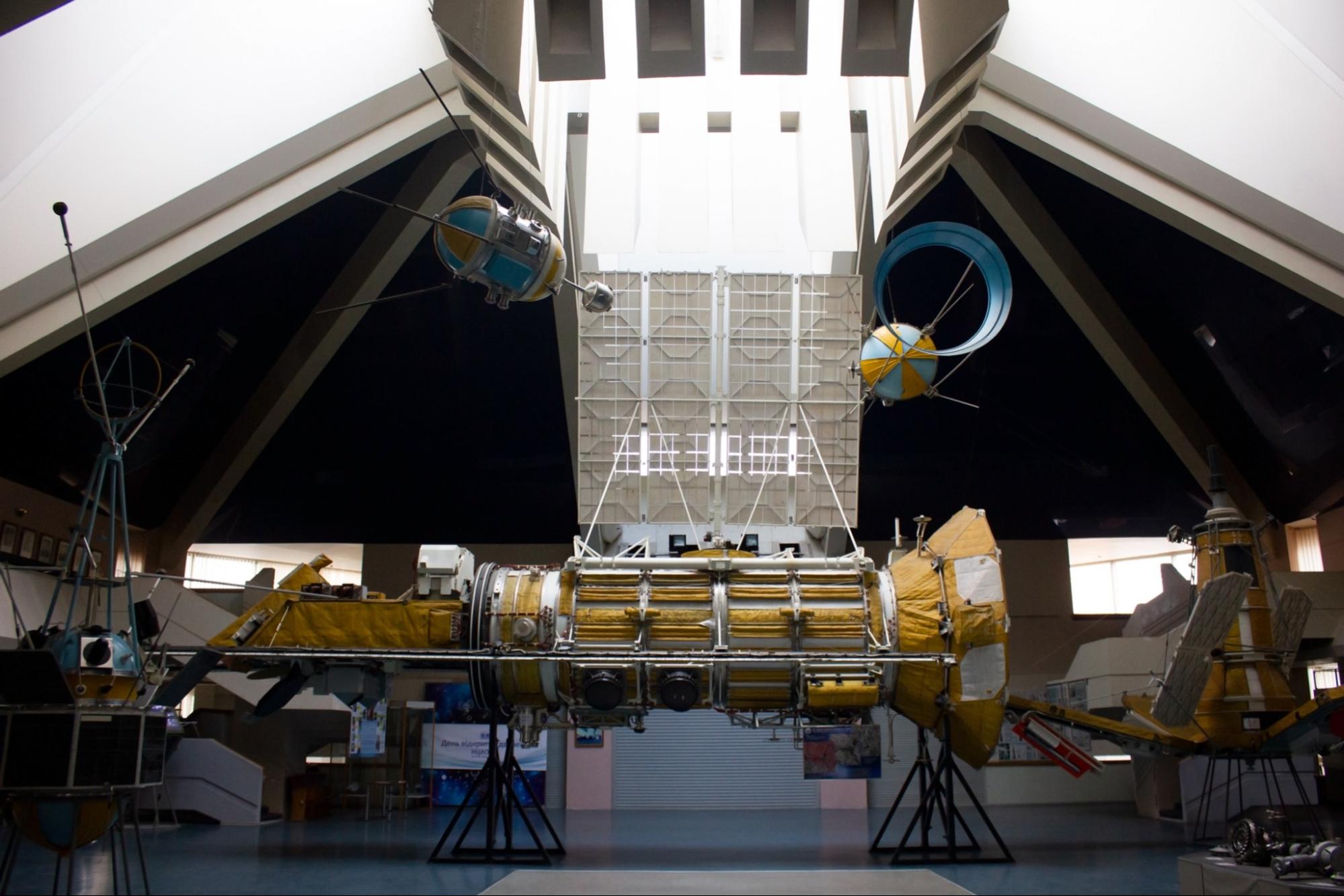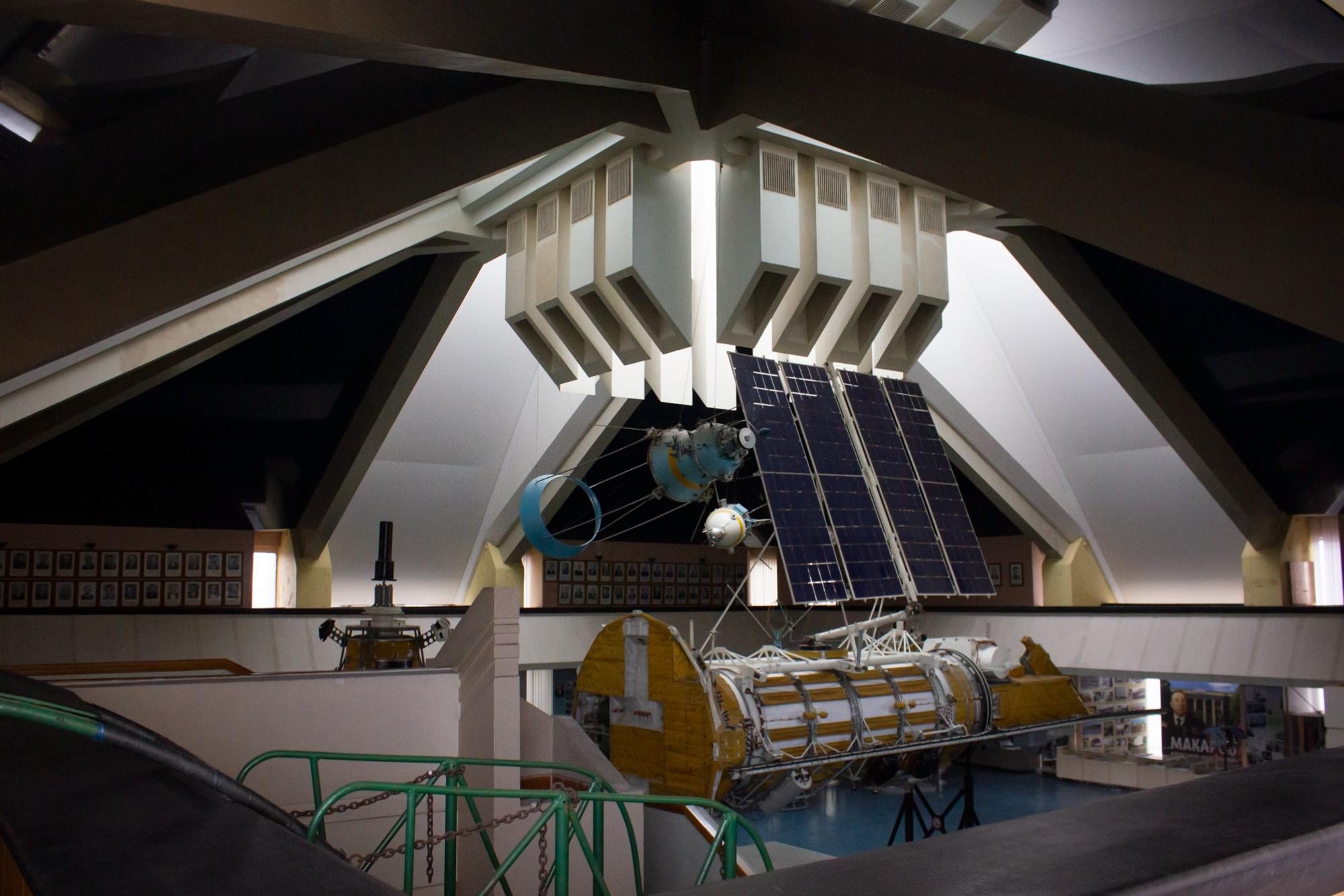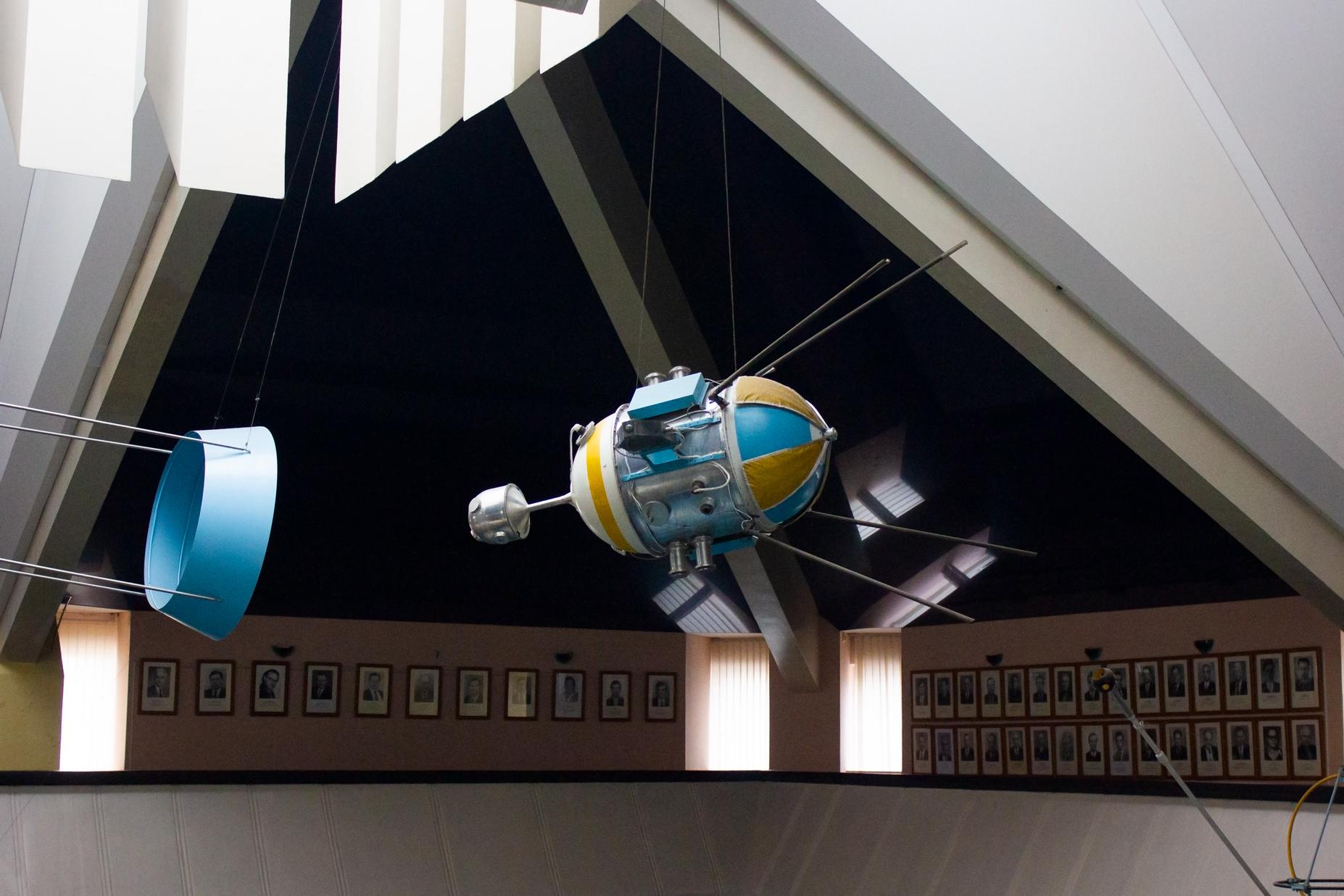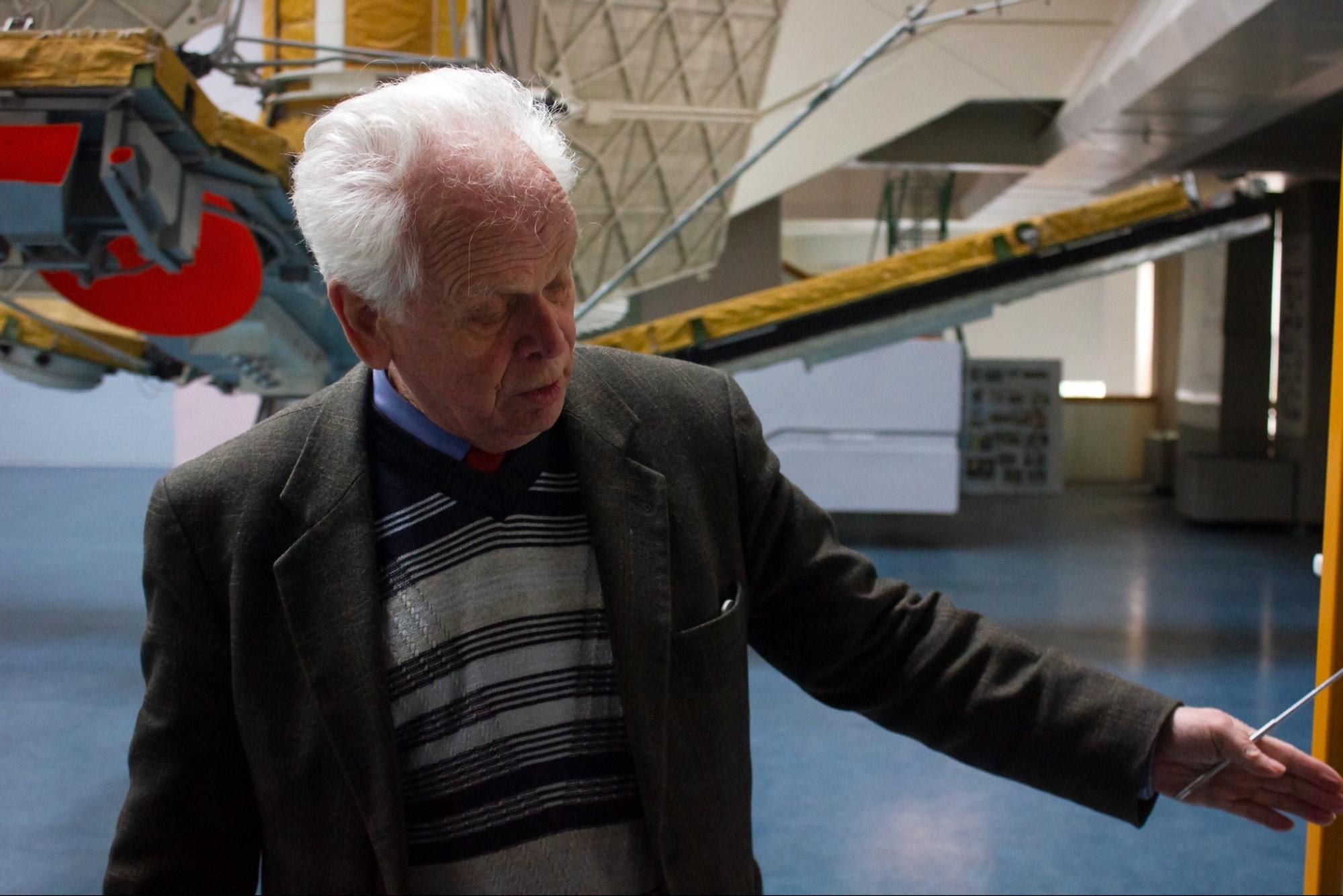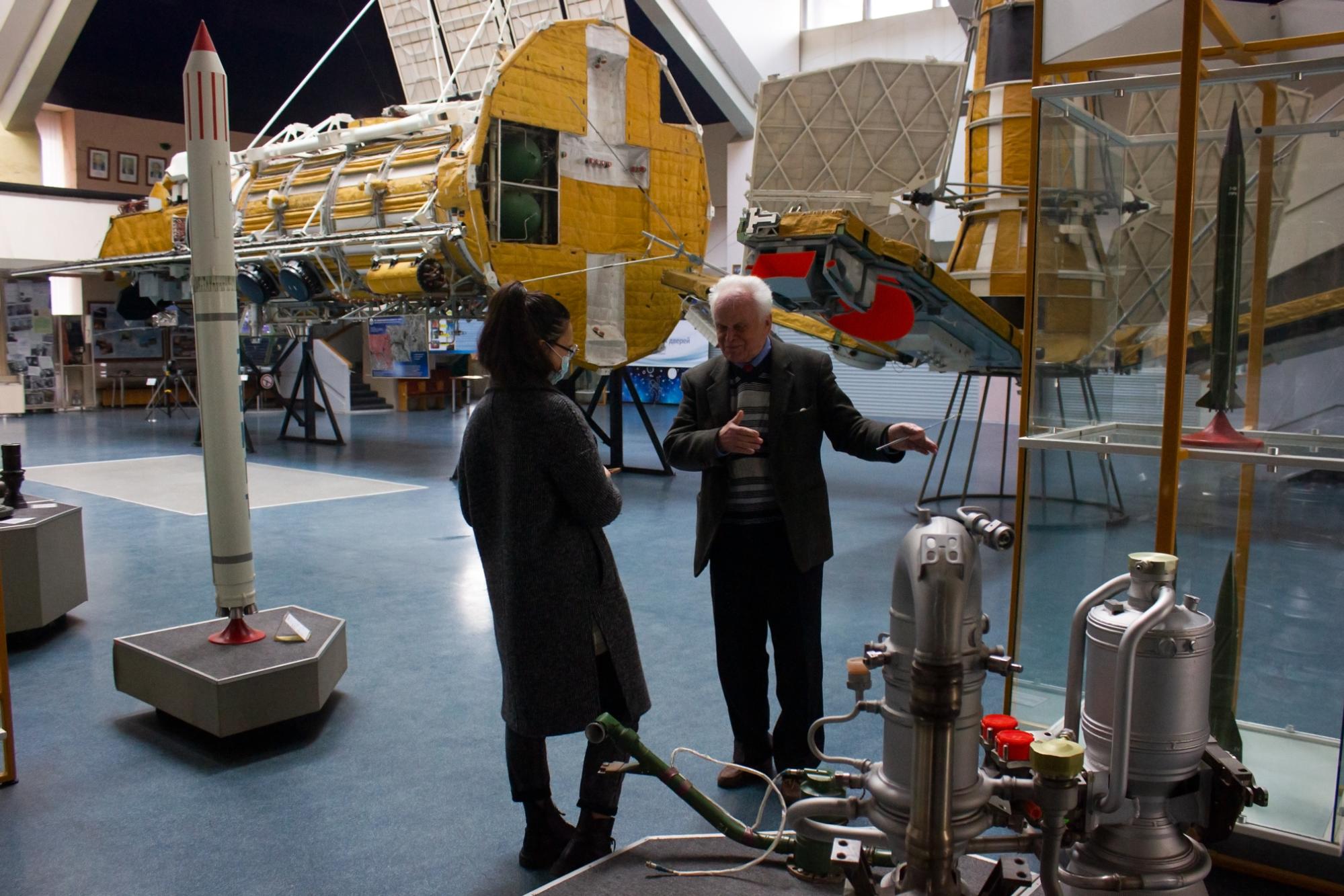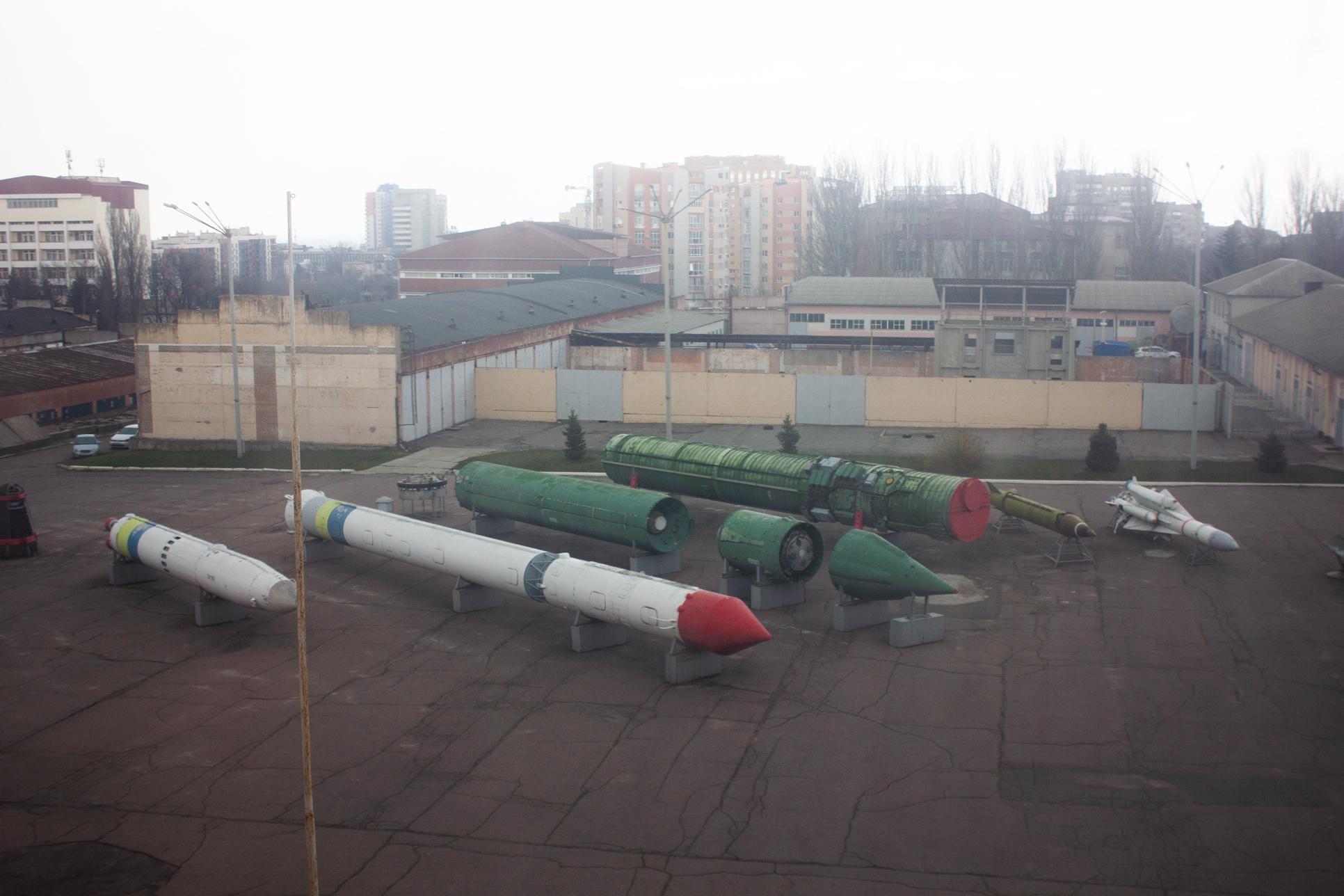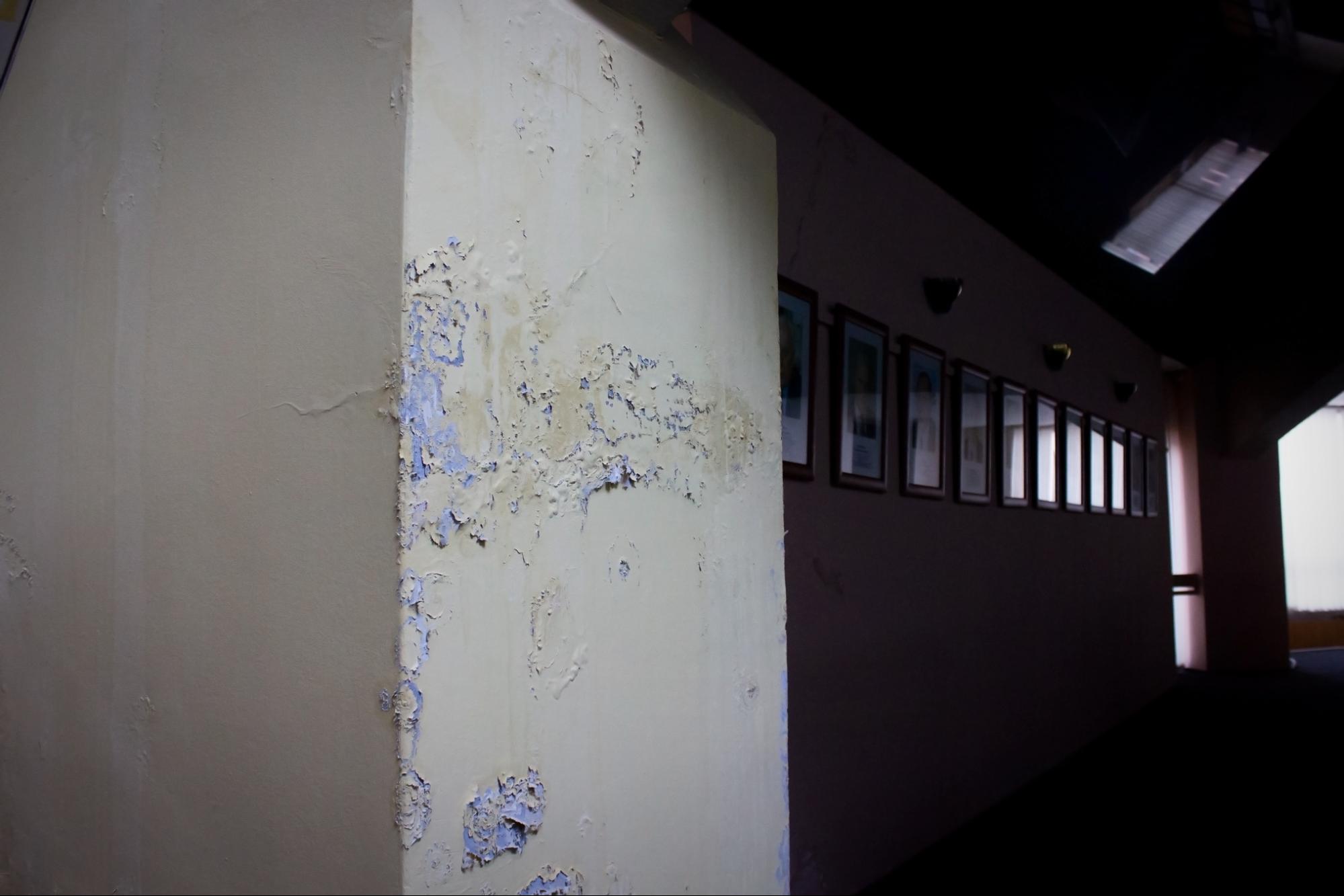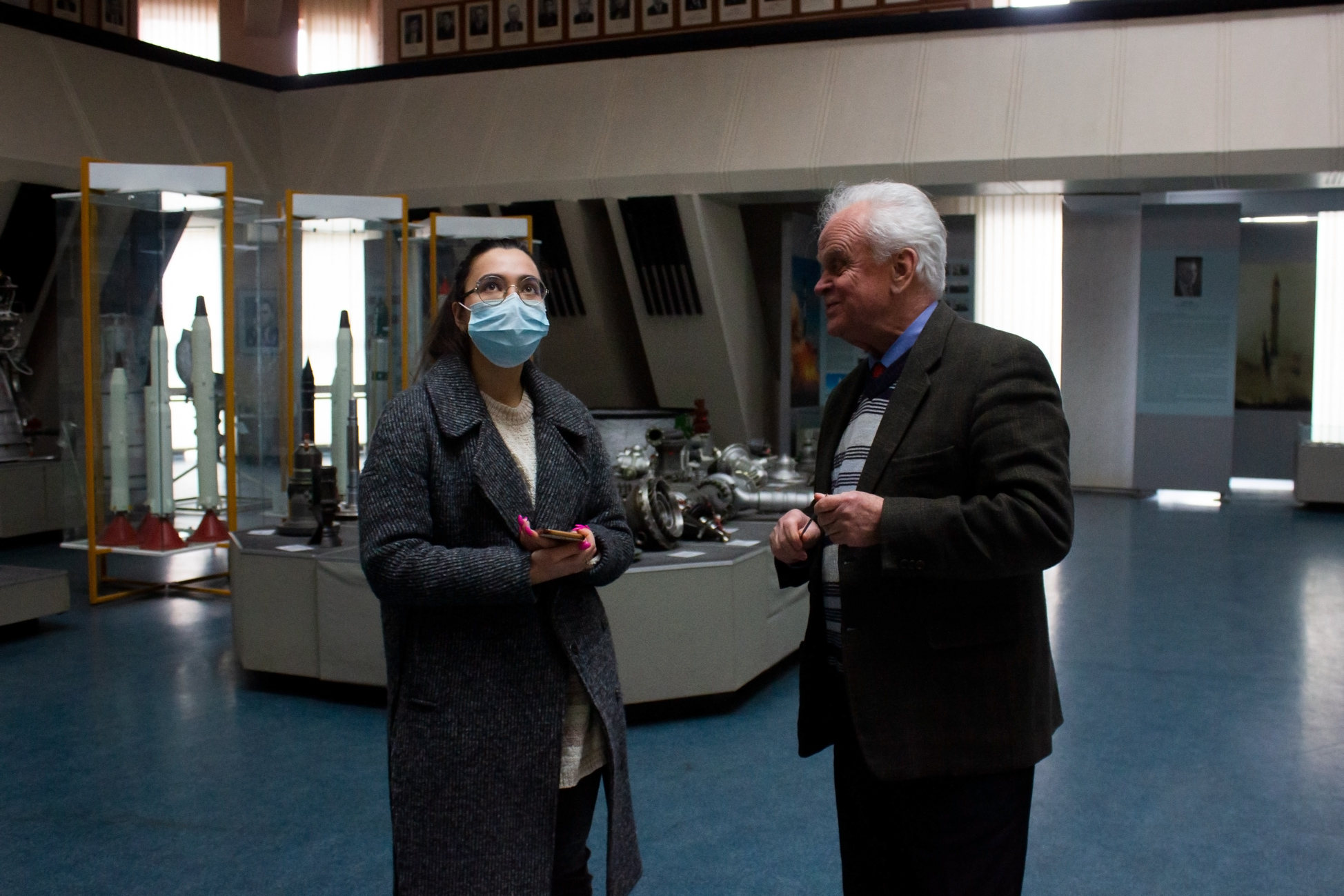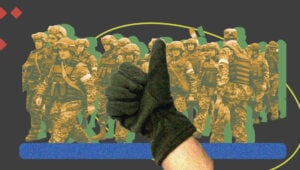To the stars: how the only aerospace center in Ukraine works
It is here that young people are being trained to become Ukraine's space future. On the day of astronautics, we explain what it looks like today.
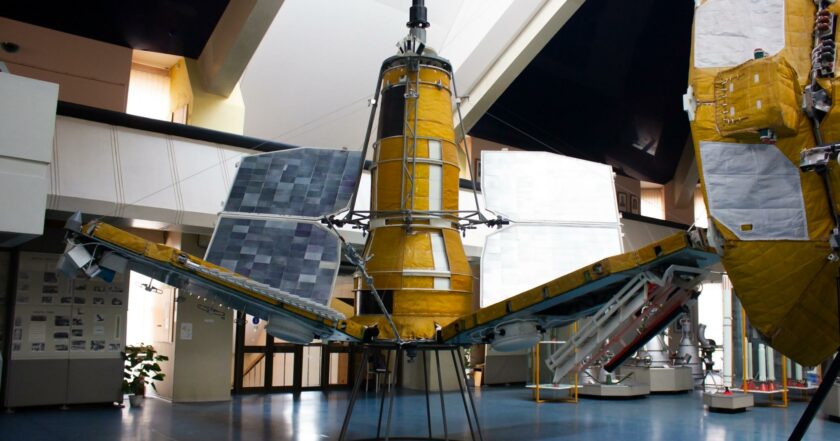
Touching a rocket engine or satellite, and studying astronomy, space ecology, or the physics of the universe. The only one in Ukraine and the CIS, the Makarov National Center for Aerospace Education of Youth operates in Dnipro. It was opened 25 years ago. During this time, thousands of children passed through it, dreaming of conquering the universe.
On the occasion of the Day of Astronautics, find out in our material whether modern children are interested in space, how it is to educate space personnel in our conditions, as well as about the center's unique exhibits.
Briefly about the space industry's past and present
Since 1944, the founding of Pivdenmash and establishment of the Pivdenne Design Bureau, seven types of space-rocket systems "Kosmos," "Kosmos-2," "Tsiklon-2," "Tsiklon-3," "Zenit-2," "Zenith-3SL," "Dnipro," as well as 400 satellites have been put into operation in Dnipro. However, due to lack of funding and loss of contracts, Pivdenmash and the Pivdenne design bureau are currently involved only in creating the American Antares rocket and the European Vega.
"I'm from a family of rocketeers"
Parents are rocketeers, grandparents are too. Now she's too connected to space. Iryna Fedorenko works at the Center for Aerospace Education of Youth as Deputy Director-General for Science and Education. She remembers coming here 24 years ago as the head of a sector that hadn't had a name yet. At first, a small team of 10-15 people didn't even know what to do.
"The center was being created to implement aerospace education, but the field was fallow. There were too many ideas. The aerospace school was the first to develop. How did it work? They found a city school with which they signed a contract. On a chosen day, students came to us and listened to various special courses in the fields of space physics, the history of rocketry, and space medicine.
An aerospace school exists now too, in three formats: full-time, weekend full-time, and part-time. Pupils of 9-11 grades can attend it, and for younger children and students, there are clubs and specialized classes. The institution is state-owned, so it's free. During the year, 800-850 pupils and students go through all the center's educational programs.
The center's primary purpose was continuous aerospace education to create young specialists. That the chain "school-university-enterprise" wasn't interrupted. After studying here, graduates choose the engineering specialties, then work in the Pivdenne Design Bureau and Pivdenmash. There are also those students who are now in other countries. Iryna Fedorenko says that young people's interest in space doesn't disappear. However, it differs from year to year. Now, she's sure, it will grow.
"Some year, there's less interest, and some year, more. Our task is to promote this field. Although now the interest will probably increase, after the flights of Elon Musk, as well as future expeditions to the moon and Mars.
Iryna Fedorenko adds that space now is not the same as before. It should be considered much more broadly. You can be a specialist in physics, medicine, mathematics, electronics, and still, discover the universe with others.
World's most important industry
Under the ceiling, there are satellites, and parts of engines and missiles on the floor behind the glass and without it. It's a room of unusual shape, like a large ship where various space treasures are collected. Here even the air is special: it seems to taste like stars.
Viktor Moisa is the chairperson of the presentation and exhibition complex of the Center for Aerospace Education. At 82, gramps knows everything about these exhibits, because, for him, the space industry is the most important in the world.
"I studied here in Dnipropetrovsk. I wanted to enter the Faculty of Physics and Mathematics… But even though I graduated from school with a gold medal, I wasn't accepted there because I was in the occupation of Dnipropetrovsk with my parents. Because of it, I became an enemy of the people. Therefore, I had to graduate from the Metallurgical Institute, then worked in this field for three years. And even then I delved into the space industry, as dreamed. Metallurgists were also needed there. And because I'm a mechanical engineer, I was in demand everywhere."
Viktor worked at the Research Institute of Mechanical Engineering Technologies. Creating all the rockets and satellites in the hall went through him and his colleagues.
"What should be done to organize production? If you have nothing? First, you will need directive technology, choose the available equipment for it, and you need to create what's not in access. The process must be constantly improved. Then, when the launch of one missile is completed, we start a new one."
Now Viktor Moisa's task is to ensure that the exhibits in the complex are intact. There are about 1500 of them here. Almost everything was gathered before the opening of the institution. After that, only a few were added. There are unique things here, for example, real rocket engines or their reduced models, which were produced especially for the museum.
"There are details of a complex shape, for which we needed to make stamps, and design on a smaller scale. These models now cost tens of thousands of hryvnias."
The major problem of the museum part, according to Viktor Moisa, is the roof. It isn't tight. And even now there's a small puddle between the exhibits. The building was commissioned in the 80s and hasn't been overhauled since. However, the water from the ceiling isn't too harmful to the exhibits. According to Viktor, the full-scale models of combat missiles standing outside need a bigger renovation.
"They need painting. It requires huge money. One kilogram of paint costs hundreds of hryvnias, and we need hundreds of kilograms. We should peel the old paint off, prime, wash, prime again, paint and re-paint to apply the palette. And who'll follow the correct application technology? These specialists no longer exist at our plant and design bureau. We need to look for them."
Chatting about all these exhibits every week, Viktor Moisa cannot pick the favorite one. Because each of them has something interesting. For example, Victor talks about the first stage of the Zenit missile.
"It has a diameter of 4 meters and a height of 25 meters. The inner surface of the fuel tank is more than one and a half thousand square meters. When pouring oxygen there, it must be washed prior. And then you're suddenly interested: how well did you wash it? You poke your finger there. And that's all! This makes the tank dirty, fat deposits are the worst for oxygen, and spontaneous combustion occurs. It should be washed a second time. In Dnipro, cleaning technology has been sought for several years, now it's classified. Today we're making the first stage for the American Antares. Why? Because they can't wash."
It's difficult to interest children in space, says Viktor Moisa. Currently, the center conducts up to 12 tours a week, previously the same number could be in a day. Viktor is looking forward to the end of the pandemic so that there are more groups. Iryna Fedorenko also hopes for this, because schools are reluctant to get in touch because of the coronavirus. And they strongly wish to have more young people in the center, like before.
Also, find out how the Museum of Science in Kyiv works and what surprises it has.


